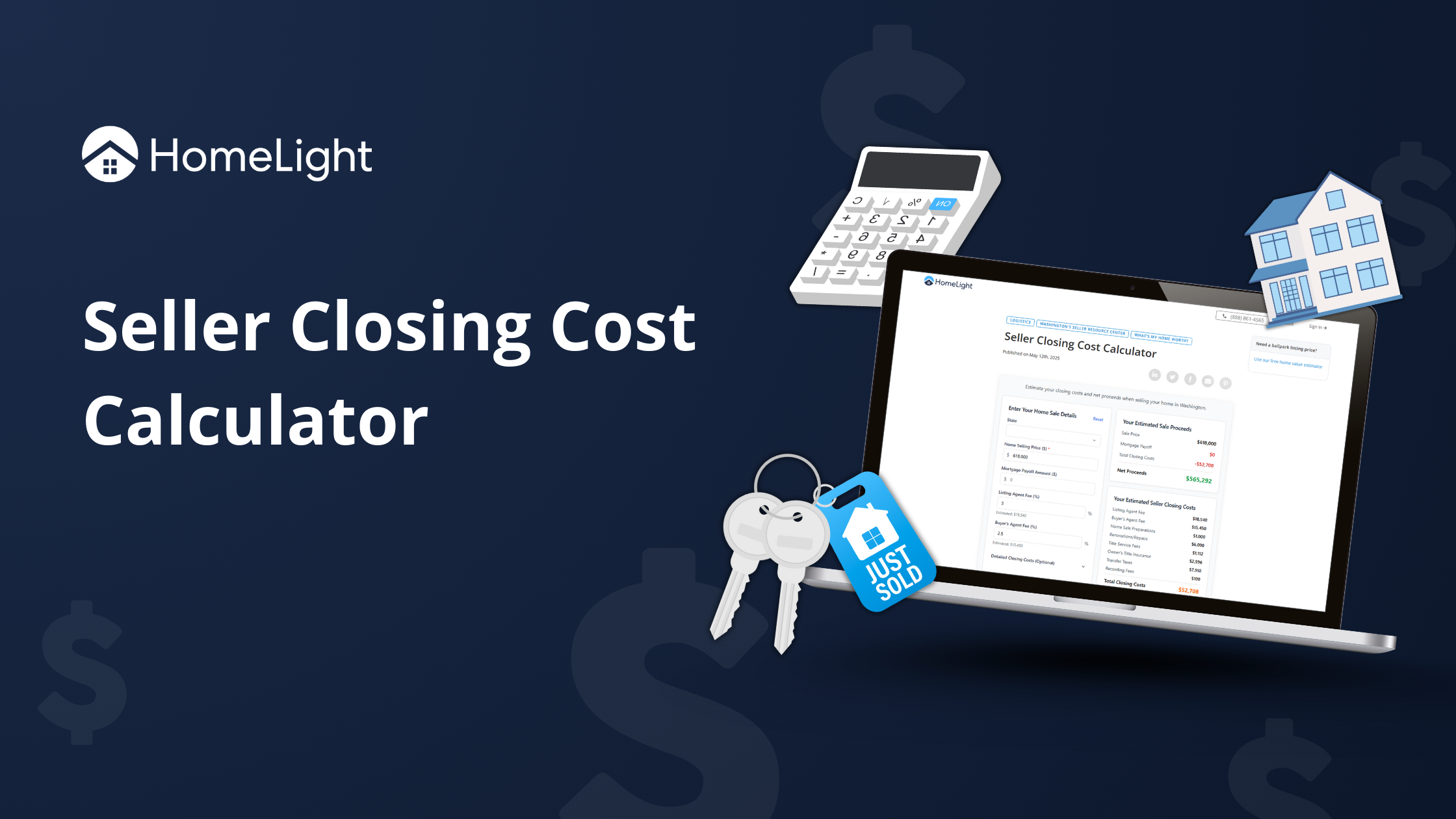In cities across the U.S., the scales have tipped, and most of the real estate industry hasn’t noticed. More than 44.5 million households in the United States are renter-occupied, accounting for 35 percent of all homes. But in many of the country’s most economically influential metros, that number isn’t 35 percent but the majority.
Manhattan? 75 percent renters. Miami? 69 percent. Boston, Los Angeles, San Francisco? All north of 60 percent. Even booming tech and culture hubs like Austin (56 percent) and Chicago (54 percent) are now driven by renters, not owners, according to national data and an analysis by RentSpree Academy.
That means in some of the most dynamic markets in the U.S., owning a home is not the norm. Renting is, and that increasingly so. And yet, many multiple listing services, brokerages, and platforms are still structured around the single-family home sale, the same model used for decades.
The industry’s blind spot
The numbers paint a clear picture, but the industry often still acts like renters are a footnote. In truth, renters are the story. The majority in high-growth metros, they are the foundation of long-term cash flow for property managers and landlords, and they are the next generation of buyers. The mismatch between demand and for-sale-level support for rentals has created a vacuum. And yet rentals aren’t the negligible side hustle they have been treated as.
In high-renter cities, there is no “off-season.” Rental activity is constant, competitive, and in need of modern tools, such as digital applications and seamless workflows. The opportunity is real with low vacancy rates across many major cities and high mobility trends. These are signals, not side effects. They point to an economic reality where rentals are the backbone of housing activity. And that backbone needs support.
Time to rethink what “inventory” means
If inventory equals opportunity, then rentals are a chief part of the U.S. housing future. Real estate professionals who recognize this can build more resilient businesses, tap new revenue streams, and stay relevant in an era of shifting consumer expectations. The renter-to-owner ratio isn’t just a data point, but it is a roadmap.
Michael Lucarelli is the CEO of RentSpree.
This column does not necessarily reflect the opinion of HousingWire’s editorial department and its owners.
To contact the editor responsible for this piece: [email protected].



















 English (US) ·
English (US) ·